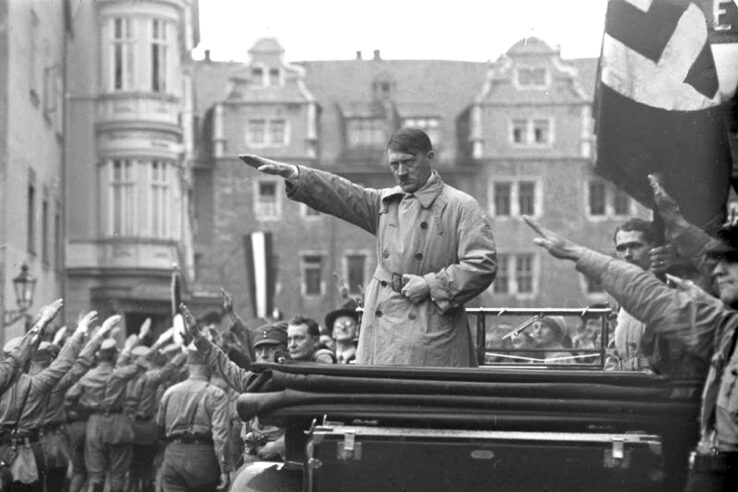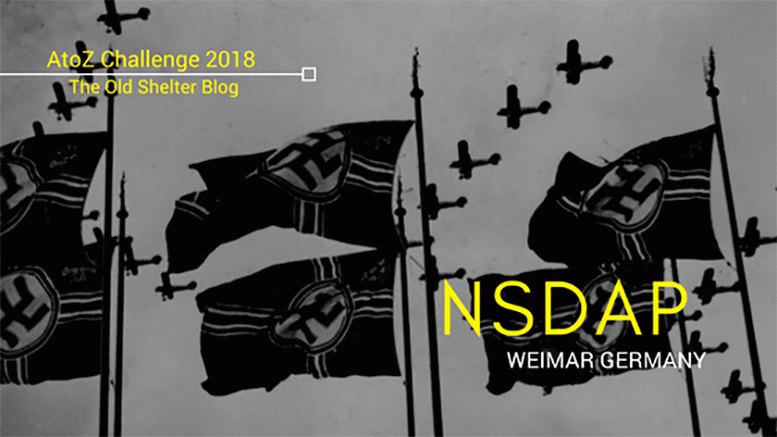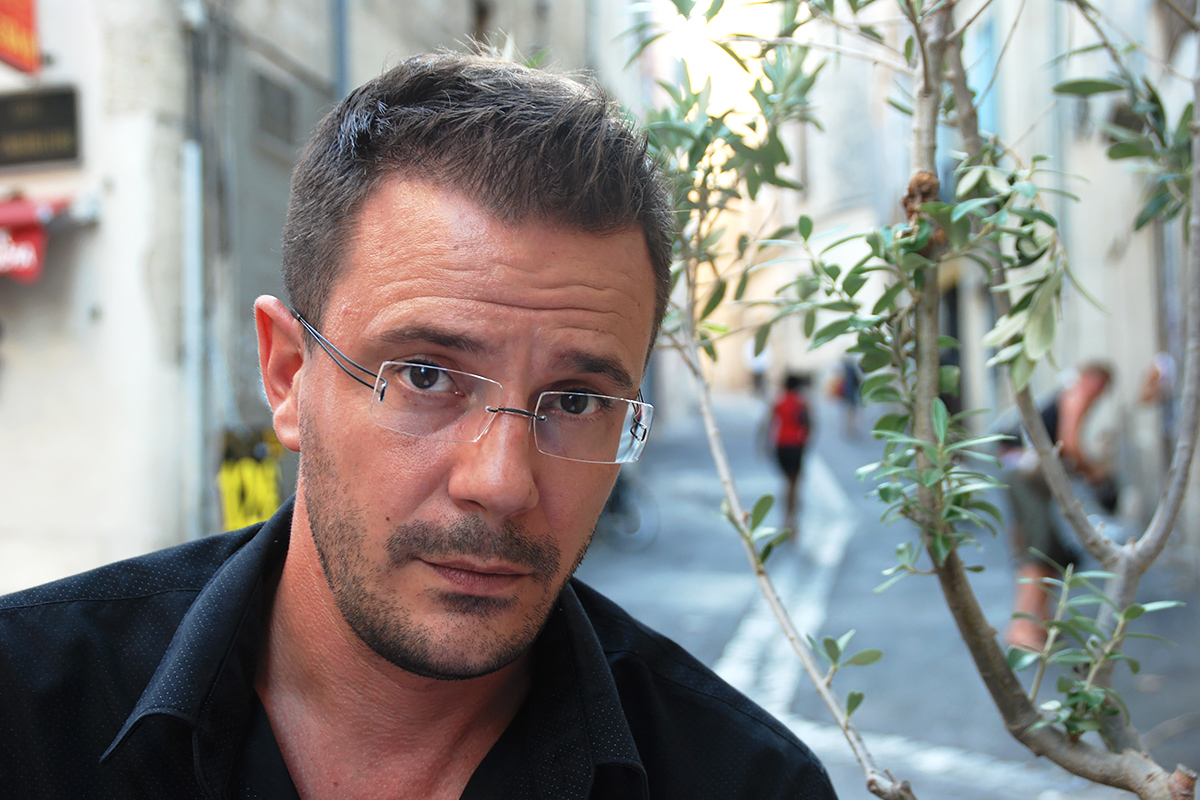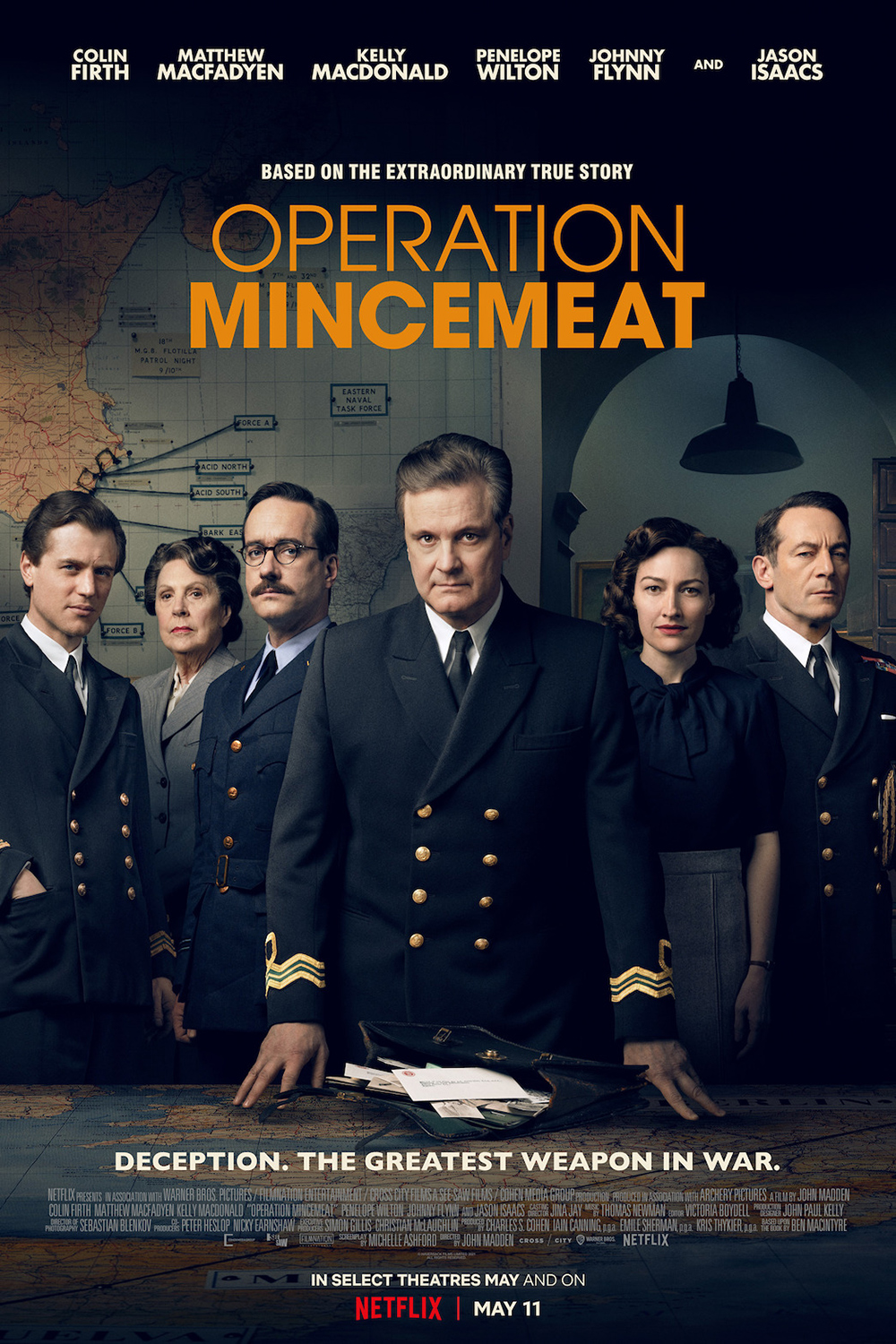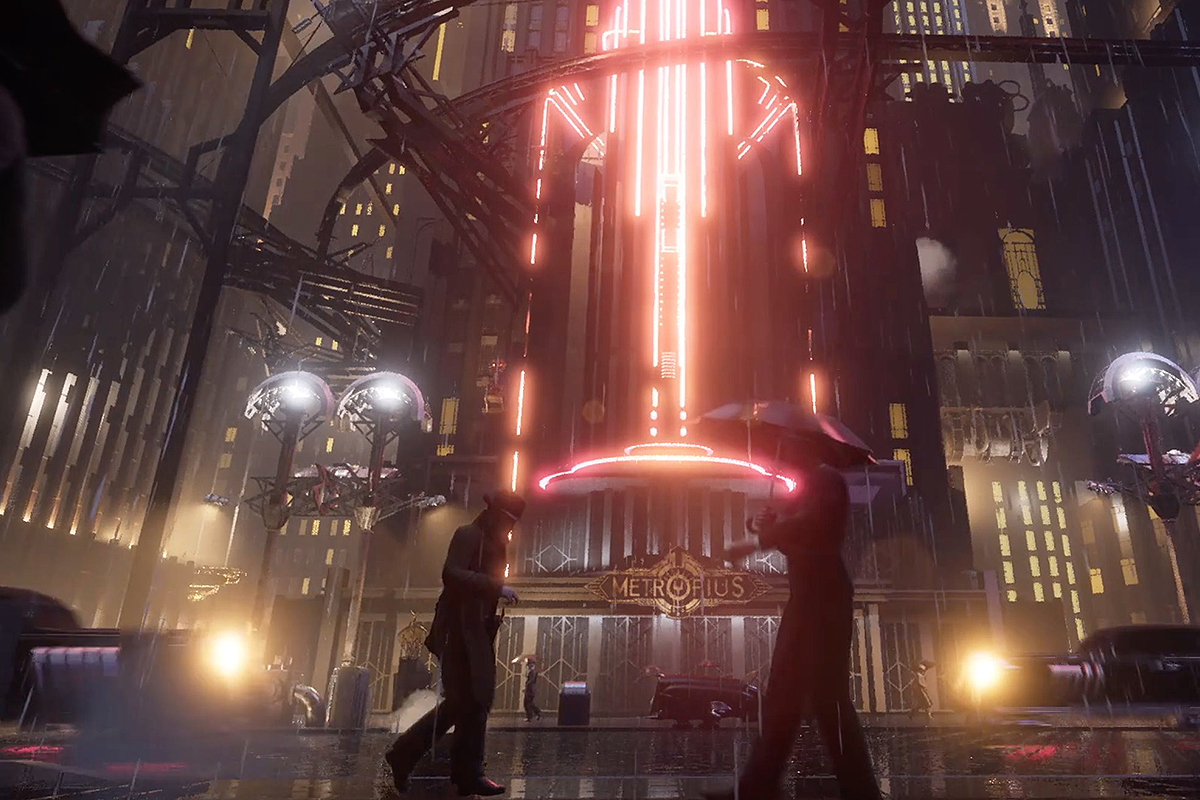Because of its prominence in the European history of the twentieth century, it’s tempting to consider the Nazionalsozialistische Deutsche Arbeitpartei (German National Socialist Workers Party) more powerful then all the other right-wing movements of its time. In fact, it was a very small, mostly regional, not very influential party for most of Weimar history. What really singled it out from all the other similar movements was its leader: Adolf Hitler.
The republican time saw the birth of a myriad of political entities with right inclinations, both parties and movements. In 1920 alone, at least 74 of these parties could be counted on the political scene and among them the NSDAP (with a different name at the time), which had been founded on January 5, 1919 in Munich.
All these groups considered themselves revolutionary, because they hated everything about the old regime, but they actually had many things in common with the reactionary forces, including most keywords: order, discipline, people, nation, anti-socialism and antisemitism.
They also had ideas in common with the bourgeoisie, notably the domination of the masses by the elites and the technocratic optimization of both society and state. To some extent, they even have points of contact with the left, since they advocated equality for all German citizens and the protection of the workers.
Hitler, who joined the NSDAP in 1920, didn’t say anything different from what all others of these parties said, but after he became chairman in 1921 what made the difference for the party was his great oratorical talent and his passion. The movement’s strong military feel, its uniforms and the military parades, its willingness to use street violence as a means of assertion, attracted many who, like Hitler himself, were war veterans and who often had been members of the violent Freikorps in the first years of the republic. In the same 1921, Hitler formed his own paramilitary force, the Sturmabteilung (stormtroopers), and in 1923 he tried to take the government of Bavaria with a coup — the Beer Hall Putsch.
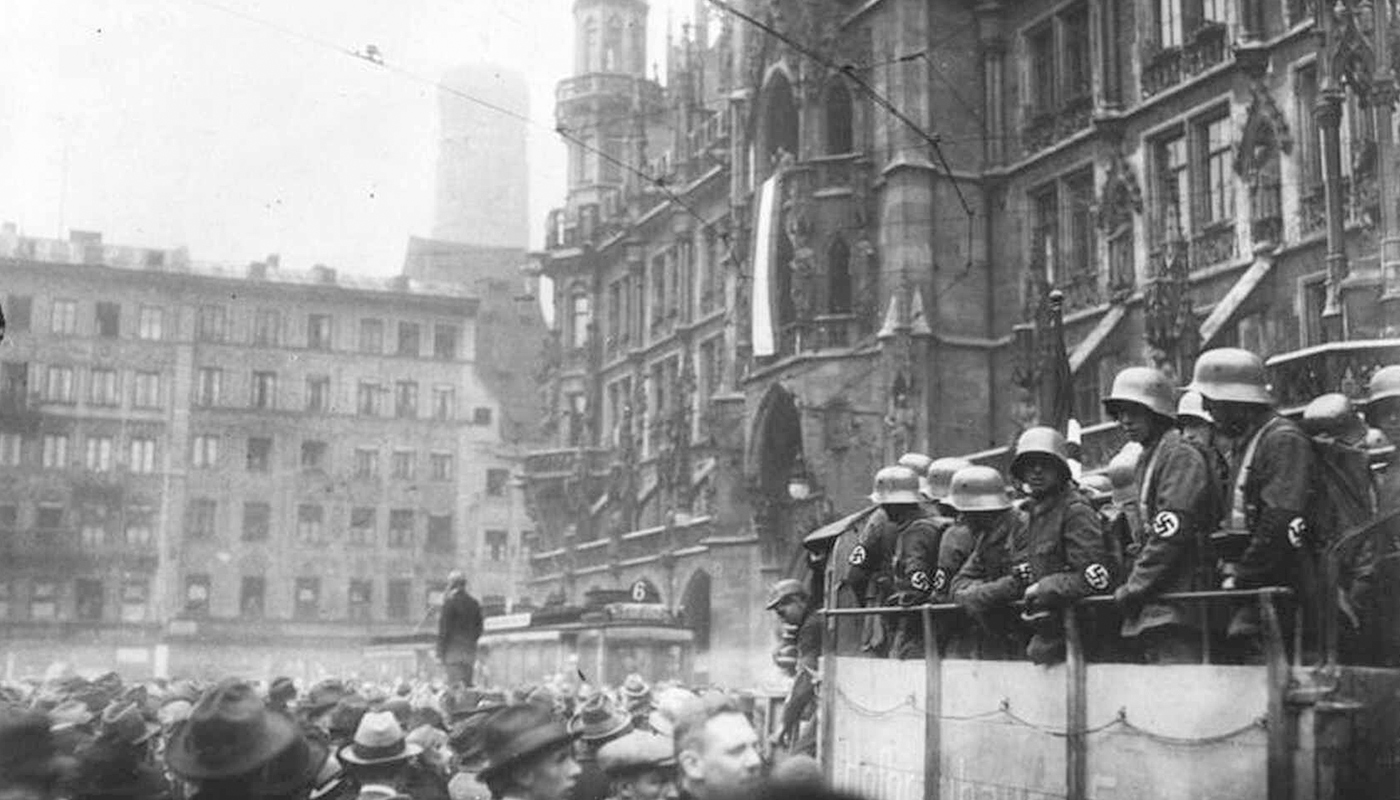
The putsch failed, and Hitler was arrested. He did face the death penalty for treason, but he had many friends among the Bavarian politicians and police, as well as in the powerful Reichswehr, and they protected him. His trial became an opportunity for the movement. Hitler’s passionate political diatribe in the courtroom received significant coverage, and this helped to get the movement out of its regional environment and acquire a more national profile.
When Hitler was released in 1924, he immediately realized the climate of the nation had changed entirely. The economic and political situation had stabilized, and people were far less likely to listen to old revolutionary formulas. He decided then to renovate the party. He changed the name to NSDAP (choosing every element of the name very carefully so that it would promote the party’s popularity) and upgraded its agenda. No more would they try to acquire control through a revolution, but they would win seats in the Reichstag and seize power from within the parliamentary system.
The great opportunity came in 1929 with the economic crises. After the Wall Street crash, the United States recalled all their capital from Europe. Germany had been surviving the many economic crises, and the reparations cost mostly through the Dawes Plan. When that help ceased, it was a national disaster.
In those difficult circumstances, capitalists took notice of the Nazis’ rhetoric against the usual enemies: the Treaty of Versailles, the Jews, the incapable republican regime. The republic seemed unable to solve this most recent, most devastating crises, but Hitler’s passionate oratory made them believe the Nazi may be able to. So, alongside so many working and middle-class people desperate for a solution, the capitalistic powers of Germany started supporting the Nazi Party, who gladly accepted their financial support behind closed doors while carrying on the usual populist policy in the open.
In the election of 1930, the NSDAP had a huge success, becoming the second biggest party in Germany, but when Hitler demanded the chancellorship he was denied. Enraged, he abandoned his carefully built public persona and burst out in a violent tirade. It cost the NSDAP the following election. Scared by Hitler’s illiberal outburst, German voters turned to the Communists.
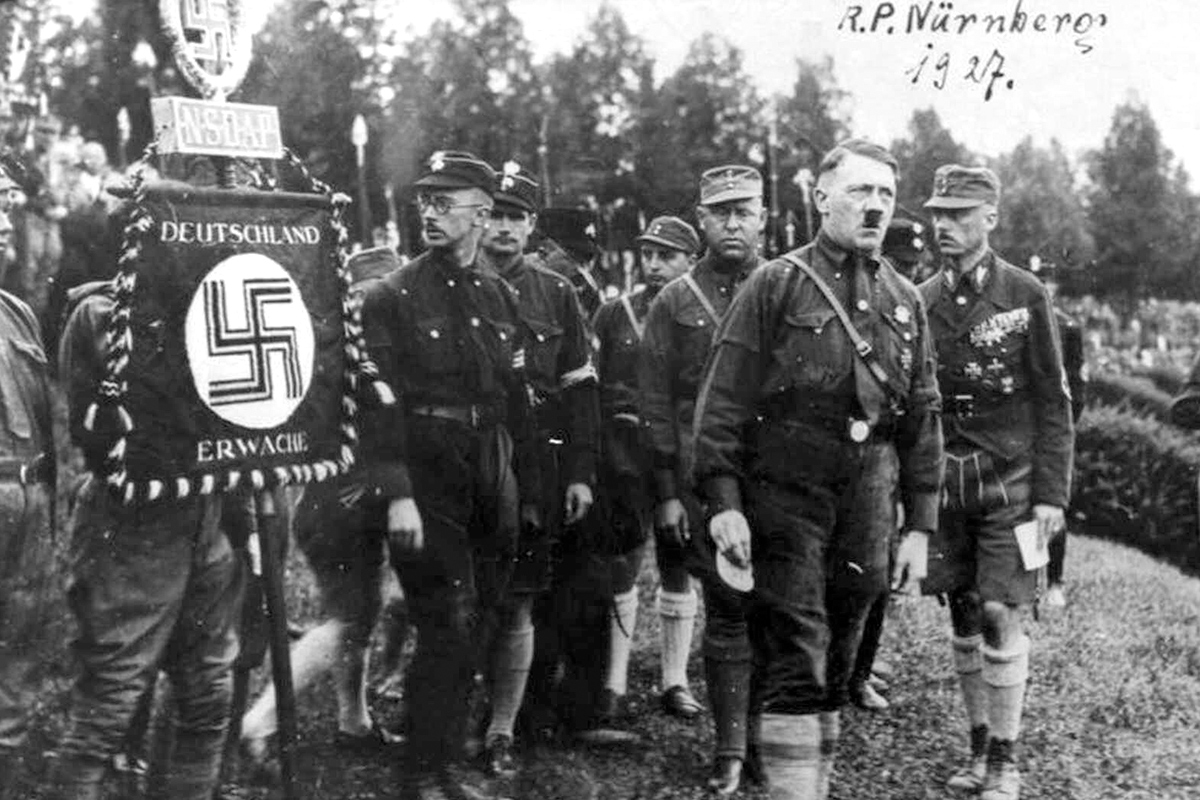
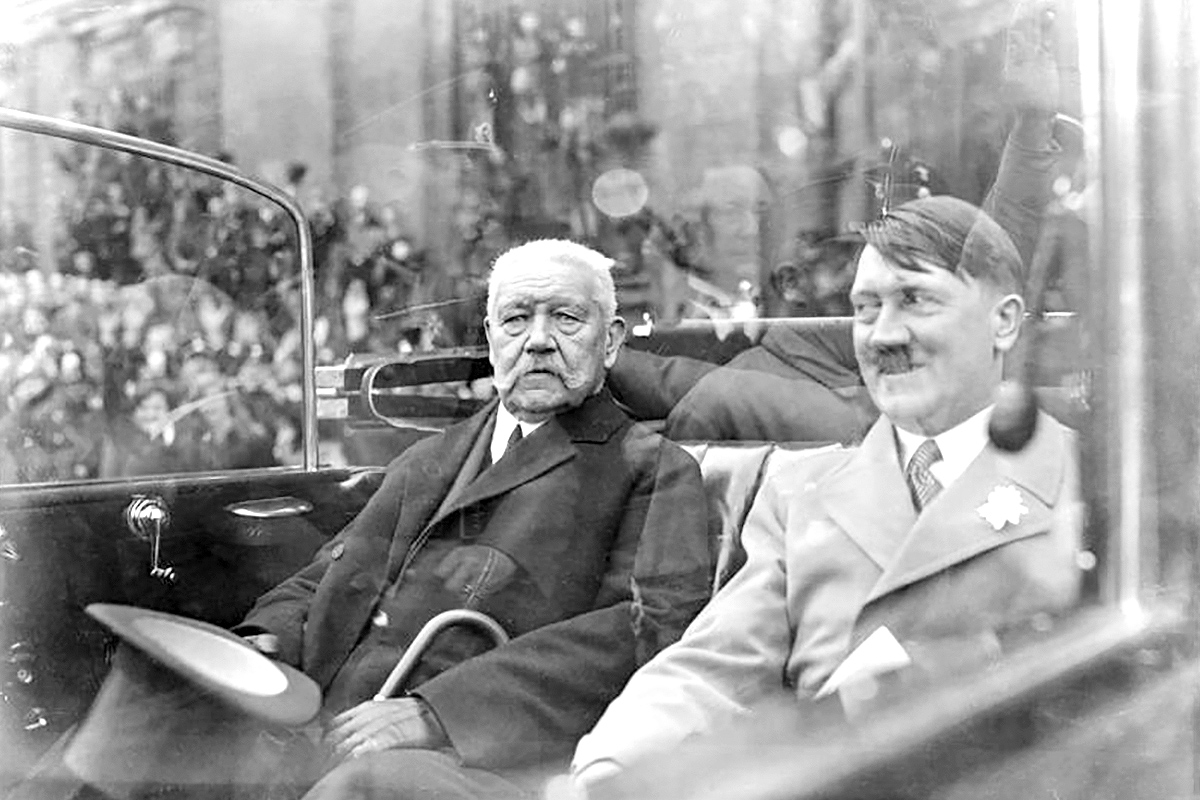
But Hitler once again played his cards shrewdly. He used the Communists’ result to spread the old fear of a Bolshevik conquest of Germany. The industrialists were the most scared by this possibility, and they lobbied because Hitler be made Chancellor. Although his reluctances, President Paul von Hindenburg finally used the constitutional provision which allowed him to jump the parliament and decide by himself.
At age 43, Adolf Hitler became chancellor of Germany.
This story was originally published at The Old Shelter as part of an A-to-Z challenge about the history of Weimar Germany, April 16, 2018.

